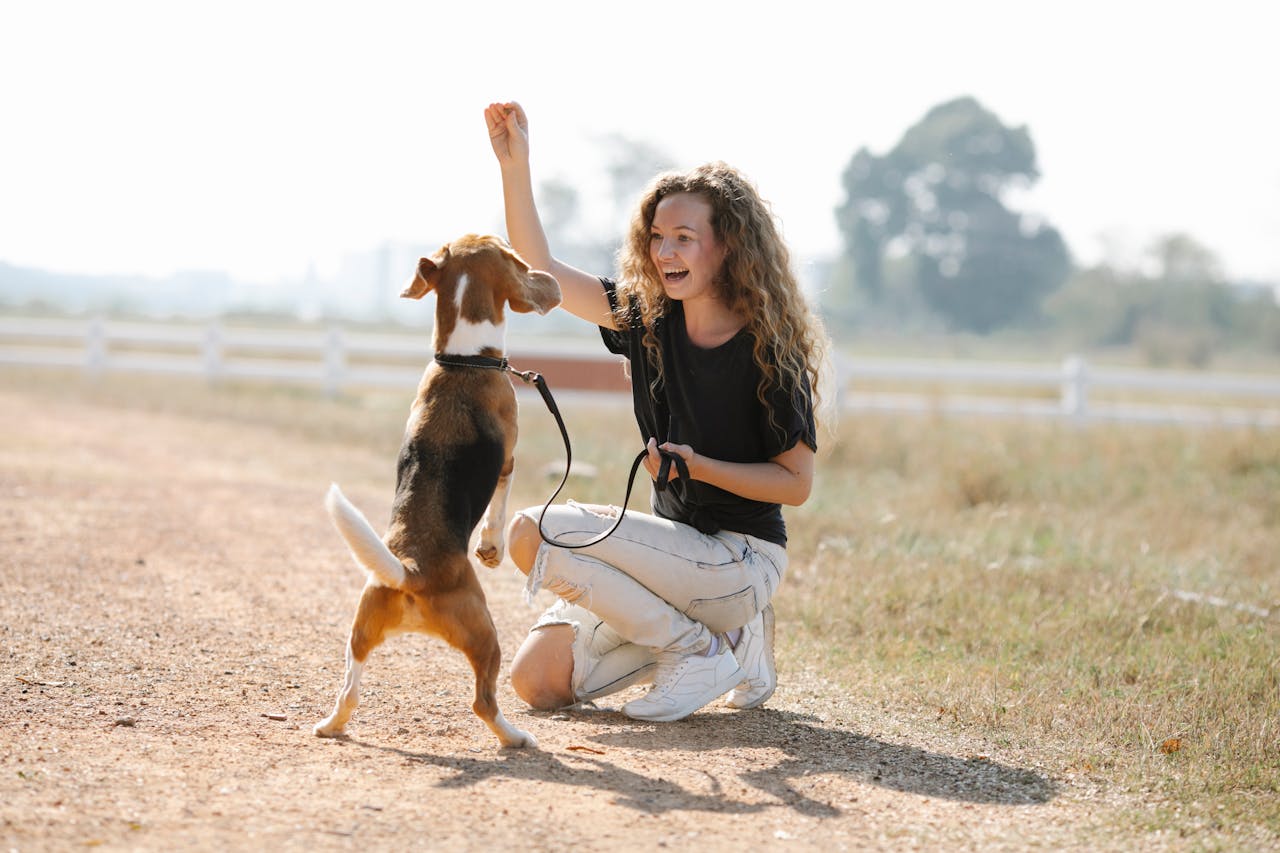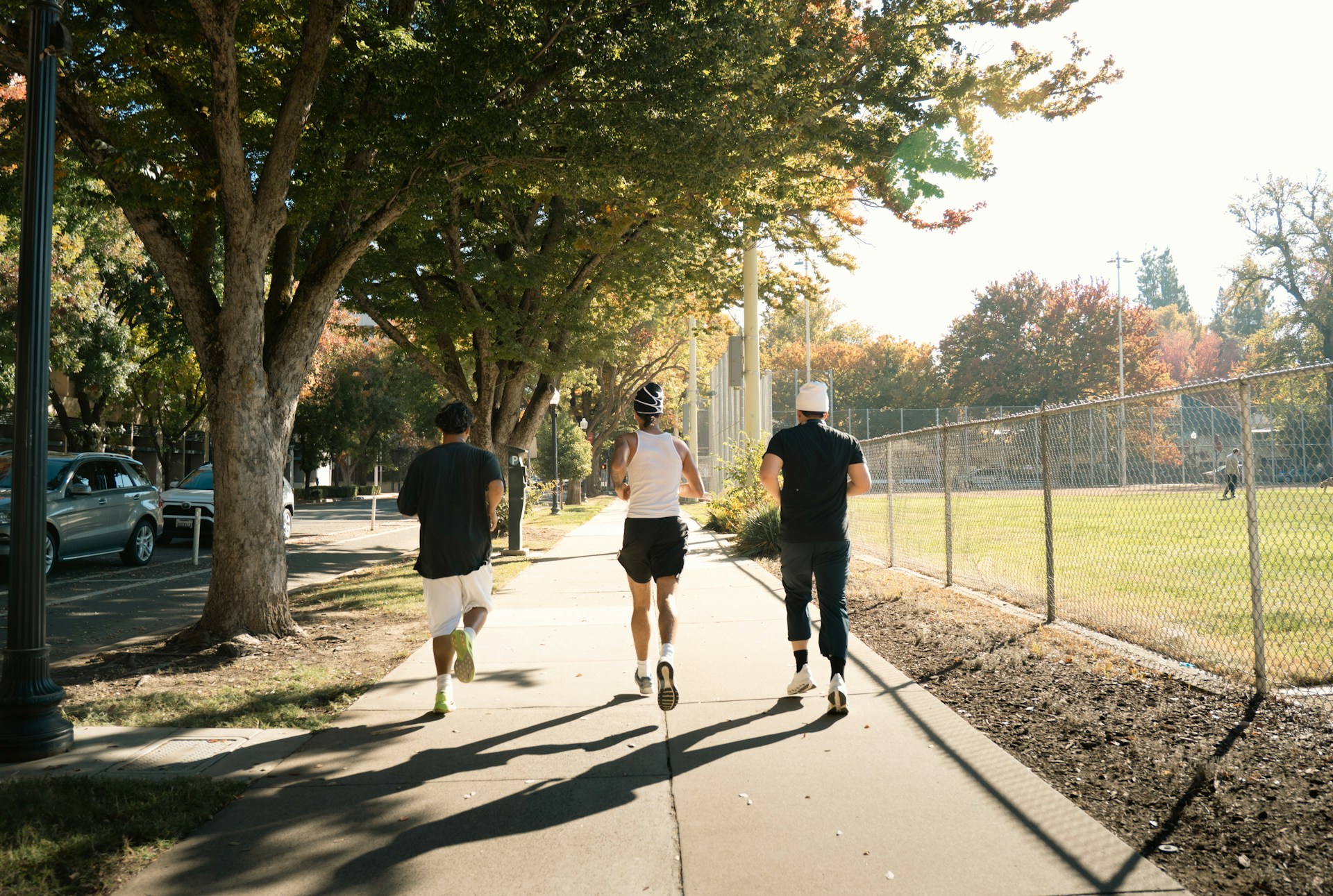Training your dog to be more obedient can make them a more reliable and trustworthy companion. Whether you have a playful puppy or a stubborn adult dog, teaching obedience is about building trust and communication, not just discipline. Many dog owners struggle with independent pets, making training seem complicated. However, with patience, consistency, and the right techniques, you can help your dog behave better and live a happier life.
Training your dog involves more than just teaching commands; it’s also about understanding their needs and motivations. By creating a positive environment and using effective methods, you can improve your dog’s responsiveness.
Here’s how to train your dog to be more obedient.
Consistency is Key
Being consistent is crucial when training any dog. Set a routine so your dog knows what you expect from them. Use the same commands, gestures, and rewards every time you train. For example, if you want your dog to sit, always use the same word and hand signal. Changing commands or rewards can confuse your dog and send mixed signals.
Establish a regular training schedule to help your dog learn more effectively. Short, frequent sessions often work better than long, occasional ones. Dogs have a short attention span, so focus on a few commands for 5 to 10 minutes at a time. This keeps them engaged without overwhelming them.
Use Positive Reinforcement
Positive reinforcement is an effective training method. It encourages good behaviour by rewarding your dog with treats, praise, or playtime. When your dog does a command right, reward them immediately. This strengthens the behaviour and makes them more likely to repeat it.
Using high-quality dog food can help in this process. By giving your dog nutritious treats during training, you reward them and support their health. Choosing brands your dog enjoys, such as Open Farm dog food, can boost their motivation. It may improve focus during training.
Communicate Clearly
Good communication is essential in training. Dogs pay attention to body language and tone of voice, not just verbal commands. Use a firm but friendly tone when giving commands. Pay attention to your posture; standing tall and making eye contact can show confidence and encourage your dog to listen.
Avoid distractions during training. Choose a quiet place where your dog can focus on you. This helps them understand what you want without getting distracted by noises or other animals. Once they learn commands well in a quiet space, gradually add more distractions to help them listen in different situations.
Socialization Skills
Socialization is vital in obedience training. Exposing your dog to different places, people, and other dogs helps them learn how to behave in various situations. Socializing can reduce anxiety and fear, making your dog more adaptable and obedient.
Introduce your dog to new experiences slowly and positively. Start with controlled environments and short interactions. Gradually expand as they become more comfortable. This builds their confidence and helps them handle new situations or commands, leading to better obedience.
Leash Manners
Teaching your dog good leash manners is essential for enjoyable walks. A dog that pulls or lunges can make walking a stressful experience. Train your dog to walk calmly beside you for a better experience.
Begin with short walks, rewarding your dog for staying by your side. Stop and reward them when they walk at your pace. If they pull, gently guide them back to your side. Over time, they will learn that staying close means more walks and rewards. This improves obedience and strengthens your bond.
Patience and Persistence
Training takes time, and each dog learns at a different pace. Patience and persistence are key to avoiding frustration for both you and your dog. Acknowledge small achievements and celebrate them.
Your attitude affects their learning experience. If you stay calm and encouraging, your dog will feel secure and eager to learn. Celebrate progress, no matter how small, and remember that creating a well-behaved dog is a journey, not a race.
Take the Leap
Starting training can be intimidating, but you’re not alone. Many dog owners face challenges, and sharing experiences can provide support. Embrace the process, cherish the moments, and enjoy the bond that grows as your dog becomes more obedient and responsive. You can do this!










